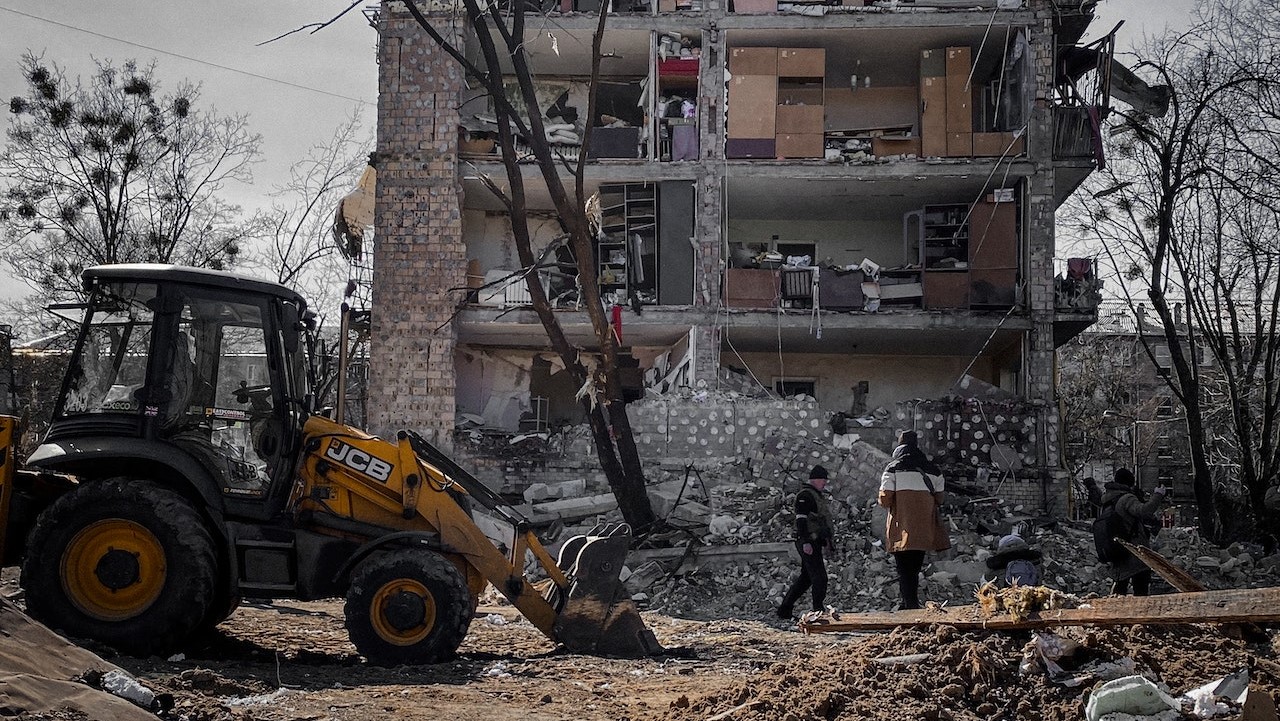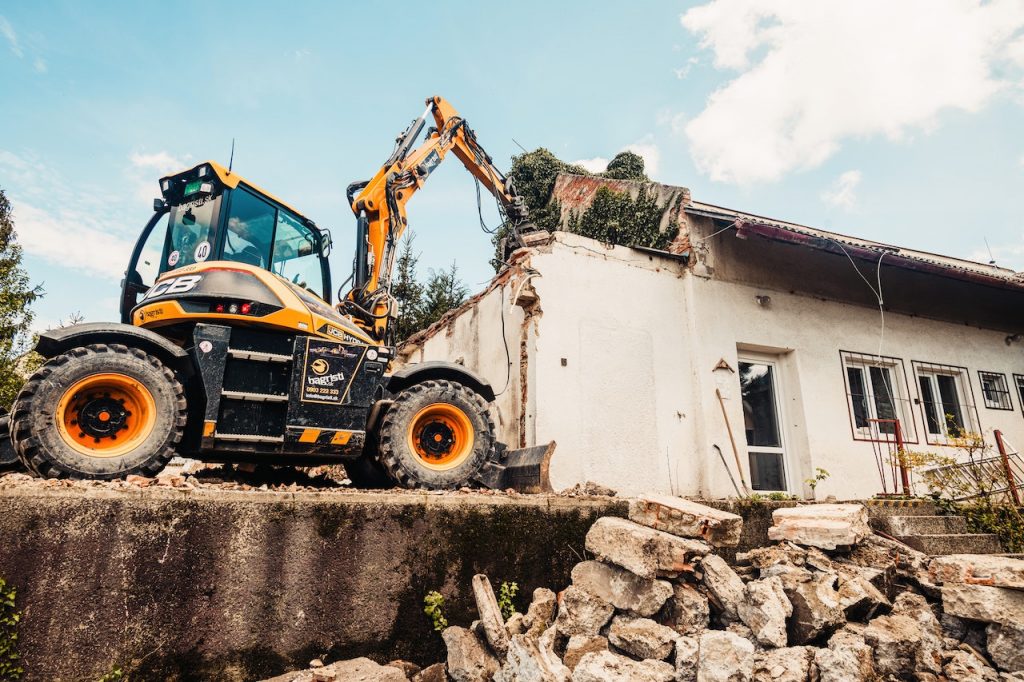When the need for house demolition arises, it’s important for homeowners to be well-prepared and informed about the process. This guide aims to provide homeowners with essential information and guidelines to navigate through the house demolition journey.
By understanding the key steps involved and taking necessary precautions, homeowners can ensure a smooth and successful demolition project.
Preparing for House Demolition
- Assessing the need for demolition: The first step is to determine if demolition is the right solution for your situation. Reasons for demolition may include extensive structural damage, outdated infrastructure, or the desire to rebuild a more modern and functional home.
- Obtaining necessary permits and permissions: Before proceeding with demolition, it’s crucial to obtain the required permits and permissions from local authorities. This ensures compliance with regulations and avoids legal complications.
- Hiring a professional demolition contractor: Engaging an experienced and reputable demolition contractor is essential for a safe and efficient demolition process. If you’re looking for affordable and efficient demolition services in Brisbane, it is crucial to find a reputable contractor with a track record of delivering high-quality results within budget and on schedule.
- Setting a budget: Demolition costs can vary based on factors such as the size of the property and the complexity of the project. Setting a realistic budget will help you manage expenses effectively.
Safety Precautions
- Ensuring asbestos and hazardous material removal: Before demolition, it’s important to identify and remove hazardous materials, such as asbestos, from the property. Engage certified professionals to handle the safe removal of these substances.
- Implementing safety measures on-site: During demolition, safety should be a top priority. Establish safety protocols, including proper signage, protective gear, and fencing to prevent unauthorized access to the site.
- Protecting neighboring properties: Take measures to minimize any potential damage to neighboring properties during the demolition process. Notify and coordinate with neighbors to ensure their safety and address any concerns they may have.
Demolition Process

- Clearing the site and securing utilities: Before demolition begins, clear the site of any obstructions and ensure utilities such as water, gas, and electricity are safely disconnected. This step avoids potential accidents and damage.
- Choosing the right demolition method: Different properties may require specific demolition methods, such as manual demolition, mechanical demolition, or controlled implosion. Consult with your demolition contractor to determine the most appropriate approach.
- Executing the demolition: Once preparations are complete, the actual demolition process takes place. Skilled professionals will systematically dismantle or destroy the structure according to the chosen method, prioritizing safety and efficiency.
Debris Removal and Site Cleanup
- Efficient debris removal techniques: After demolition, efficient debris removal is crucial. Use appropriate machinery and containers to ensure the debris is removed promptly and safely from the site.
- Sorting and recycling materials: Consider recycling or salvaging materials whenever possible. This environmentally friendly approach reduces waste and contributes to sustainable practices.
- Restoring the site: Once the debris is removed, restore the site to its original condition. Level the ground, remove any remaining debris, and address any landscape or grading concerns.
Considerations for Rebuilding
- Evaluating rebuild options: After demolition, you have the opportunity to rebuild your dream home. Evaluate different architectural styles, layouts, and design options that align with your vision and budget.
- Engaging architects and contractors: Work with professional architects and contractors who specialize in residential construction. They will help you translate your ideas into realistic plans and guide you through the rebuilding process.
- Applying for building permits: Before starting the rebuilding phase, obtain the necessary building permits from the local authorities. Compliance with building codes and regulations is essential to ensure a successful and legal reconstruction.
Final Thoughts
House demolition can be a complex and challenging process, but with the right preparation and guidance, homeowners can navigate it successfully. By following this homeowner’s guide to house demolition, you can ensure a safe, efficient, and well-managed demolition project. Remember to prioritize safety, hire professionals, and consider rebuilding options for your new dream home.




